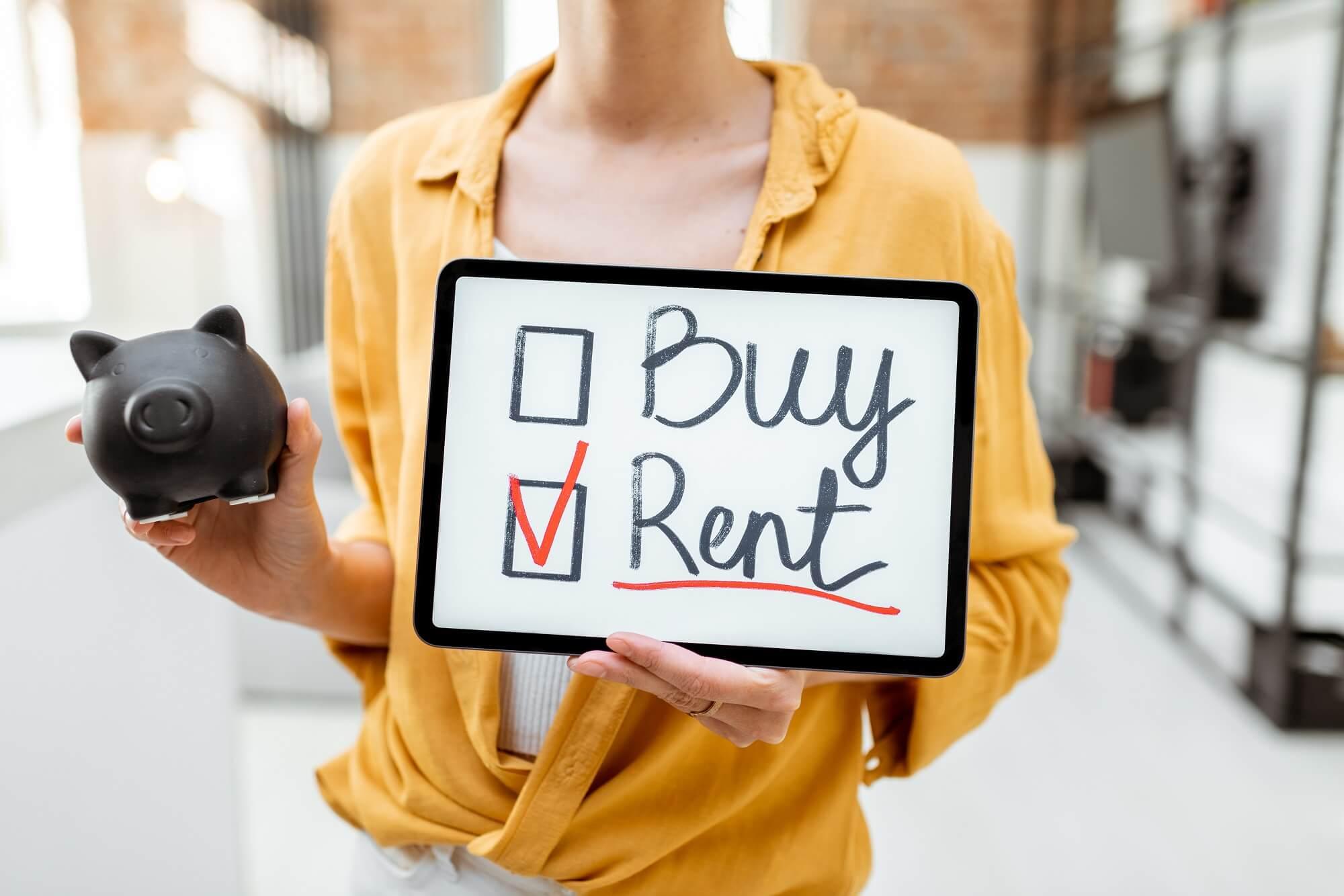
The Trend Of Rental Prices In New York City Amid COVID-19
By: Abdullah Haroon
Coronavirus had an impact on every sector of life – whether positive or negative – and real estate has its fair share as well. New York City, where rental prices remain sky-high, is also in a state of uncertainty as buyers and sellers hesitate to make any big financial transaction.
Rental prices are slightly coming down in a few neighborhoods and continue to surge in others. This fluctuation has produced anxiety and frustration among many New Yorkers.
As the pandemic stays longer, the demand for rentals in hot areas is decreasing and that demand is getting hype in cheap neighborhoods. To clear your mind regarding the rental trends across the city, we have collected a few areas where prices are either going down or surging up.
Where Rents are Coming Down
San Francisco
COVID-19 is impacting San Francisco on a higher note with an 11.8% decrease in a single-bedroom unit year-over-year. And if we talk about monthly rent for a one and two-bedroom unit, a decrement of 2.4% and 1.8% was noticed respectively.

New York
New York is following San Francisco as the rental price for the one-bedroom unit has fallen to $2,890 – declining 2% and the price for a two-bedroom apartment has become as low as $3,210. It is important to note here that this downfall is only experienced in a few areas and not in all the neighborhoods.
Where Rents are Going Up
Queens and Brooklyn – The Exceptions
Median rental prices are going up in Manhattan and Brooklyn despite the overall downfall in New York City. An increase of 14% was noticed in Brooklyn and in Manhattan, rental prices have shot up by 4.2%. However, a significant drop has been seen in new leases in both boroughs. As compared to the last year, 60% fewer leases were renewed in Brooklyn and Manhattan during the pandemic.
Why Rents haven’t Dropped Much?
Many people fled the city and the U.S. govt. taking steps towards reopening, renters were expecting a decent fall in rental prices. Unfortunately, that wasn’t the case, as landlords only agreed to a short-term concession like waiving off a month’s rent and even some owners are forcing rent increases.
There is a huge gap between what tenants are expecting and what landlords are willing to give away and so far, landlords are winning the battle.
As the pandemic shambled all the economic sectors, it was being predicted that New Yorkers won’t be able to pay their rents. But that didn’t happen, as rent collection across NYC remained stable. And according to the stats of May, landlords collected 90.8% of their rents as compared to 93% of the previous year.
One obvious reason behind this rent stabilization is informal negotiations between landlords and tenants plus financial aid laid by the Government.
According to the experts, the stubbornness in rental prices in NYC is due to a lack of inventory. Real Estate market data shows that new listings have reduced 33% as compared to last year, which means fewer leases. And those renters whose lease was soon to be expired have renewed due to the pandemic.
What does the future hold for Rental Prices during Phase 2 of Reopening?

Landlords who waited so long – the pandemic period – to get real value for their property will never sell at a discount. And on the other went, there will be a surge of pent-up demands after the normal service resumes in the city.
But experts are predicting a compression in rental prices during spring, summer, and fall. People may not get many discounts at the start but, there would some relief for the renters in the next 18 months or so. And renters, who feel that rents are on their side, will have to wait for more to take advantage of the situation.
Summary
Will the rental prices will come down to the tenant’s side or the landlord, only time will tell. Everything will depend upon what happens next? How quickly does the economy stabilize and how far the pandemic will drag down the city?
And with the Trump administration thinking of banning foreign students, it remains to be seen if college graduates can make it to the Big Apple to start jobs and fill the vacant apartments.



